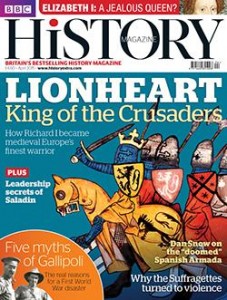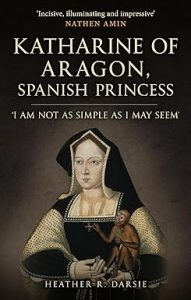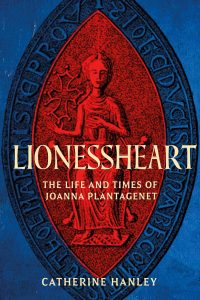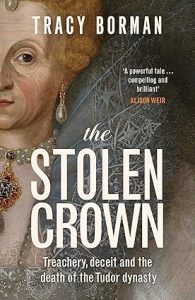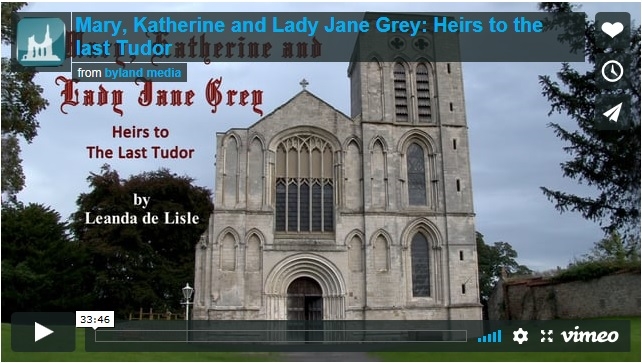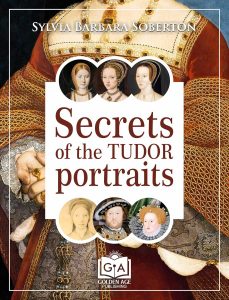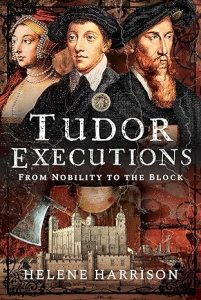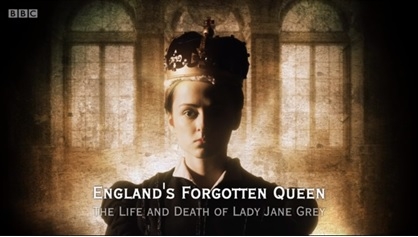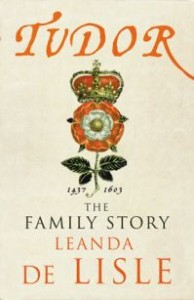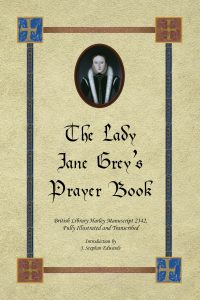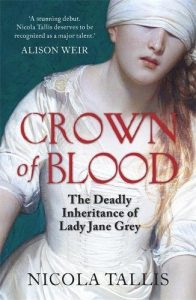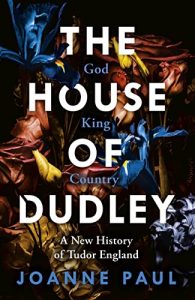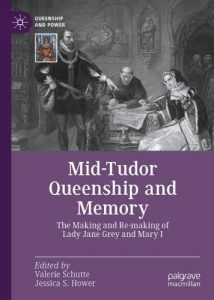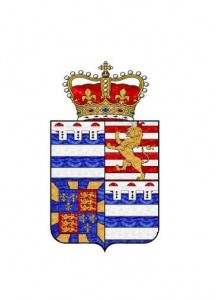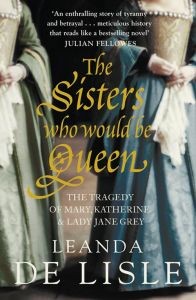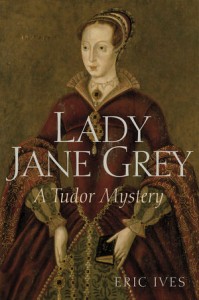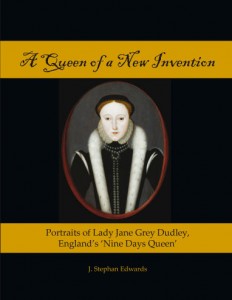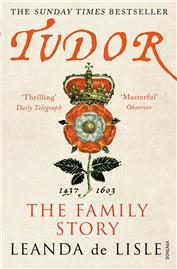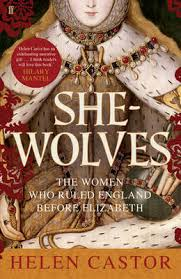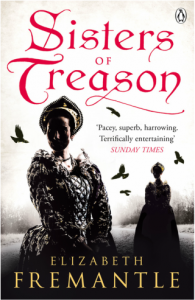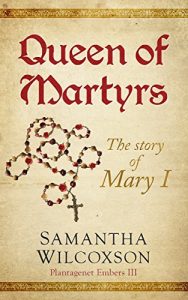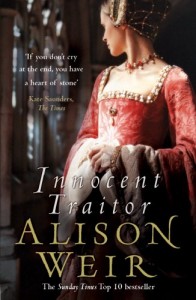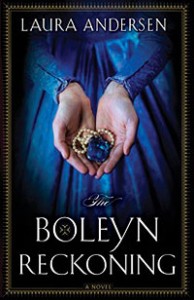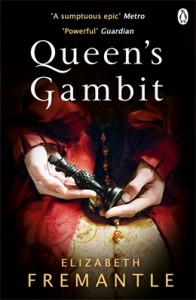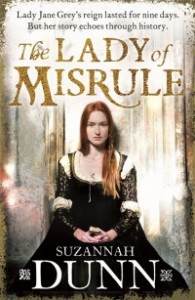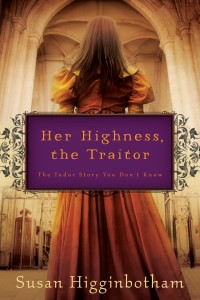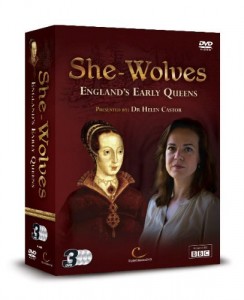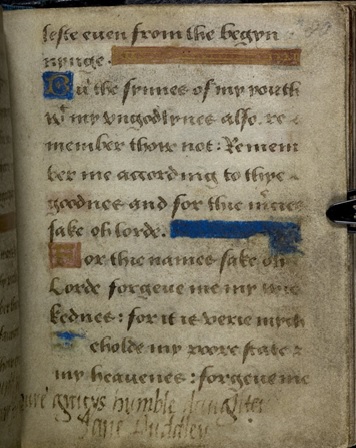David Baldwin is the author of ‘Henry VIII’s Last Love: The Extraordinary Life of Katherine Willoughby, Lady-in-Waiting to the Tudors’, ‘Elizabeth Woodville: Mother of the Princes in the Tower’, ‘Richard III’ and ‘The Lost Prince: The Survival of Richard of York.’
You can buy ‘Henry VIII’s Last Love: The Extraordinary Life of Katherine Willoughby, Lady-in-Waiting to the Tudors’ from:
Amberley Publishing Ltd
Amazon.co.uk
Thank you to David for answering my questions.
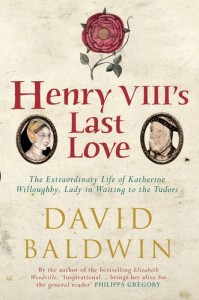 (c) Amberley Publishing
(c) Amberley Publishing
Why did you choose to write about Katherine Willoughby?
I wanted a subject who had led an interesting life, a life that people would want to read about, but who had not been ‘done to death’ already. Katherine Willoughby fitted this perfectly.
Do you think that that the sitter in the ¾ length ‘Grimsthorpe portrait’ is Katherine or Lady Jane Grey?
This is difficult because we have no authenticated portrait of Jane. All we can say in that the lady in the Grimsthorpe portrait closely resembles Katherine – note especially the similarity in the bone structure of the face and the eyes, nose and mouth.
Although they later differed in religion, do you think that Katherine inherited any traits from her Spanish mother?
Katherine’s mother, Maria de Salinas was a woman who did not take no for an answer – for example, when she undertook an arduous journey to visit Catherine of Aragon and then bluffed her way into the dying Queen’s bedchamber in direct contravention of Henry VIII’s orders. It would not be surprising if some of her daughter’s feistiness was inherited from her.
Is there any evidence of Katherine visiting her step-granddaughter, Jane Grey?
The evidence is inevitably patchy, but Katherine certainly spent the Christmas of 1551 with the Greys and, it is reasonable to assume, would have been a regular guest at Bradgate. She had known Frances, Jane’s mother, who was about two years her senior, since she had lived at Westhorpe (Suffolk) as Charles Brandon’s ward
Do you think Edward VI or John Dudley, Duke of Northumberland was the instigator of the ‘Devise for the Succession’?
If only we knew! My sense is that Northumberland was the guiding hand, but Edward was the willing tool.
Why was Katherine not arrested for her religious beliefs during the reign of Mary I and do you think she was allowed to escape abroad?
Katherine had been on good terms with Mary when they were both Roman Catholics, and Mary doubtless still appreciated Katherine’s mother’s devotion to hers. Undoubtedly, she could have been arrested along with other leading Protestants, but perhaps allowing her to escape into exile spared Mary a still more difficult choice..
How did Katherine react to becoming her step-granddaughter, Mary Grey’s custodian in 1567?
Not very well, unfortunately. She complained bitterly that Mary was ill-provided for, and feared that she was being ‘put-upon’ when others should have shouldered the burden. There was no permanent estrangement however – Mary left her step-grandmother her mother’s bracelets and a ‘mystic ruby’ thought to have magical properties, in her will.
You describe how Katherine wrote many letters to William Cecil over the years. Do you have a favourite quote from these?
Katherine was given to speaking her mind, and sometimes felt that she had gone too far and said too much. In one letter to Cecil she had to apologise for her ‘foolish choler and brawling’, begging his ‘forgiveness on my knees’, and Richard Morrison, the English ambassador to the Court of the Emperor Charles V remarked on her ‘heats’, regretting that ‘so goodly a wit waiteth on so froward a will’.


